Have you ever watched an Auburn football game and asked yourself just what in the world Gus Malzahn was thinking calling a screen on 3rd down? Do you want to know what makes a play call good or bad? Have you ever thought to yourself, “I could call better plays than this man making millions of dollars to coach this team?”
If so, you’ve come to the right place. What I intend to do with this series of articles is explain, from the most basic level, what you should be looking for to discern what changes Chad Morris, Auburn’s highly touted new offensive coordinator, will implement compared to Gus’ normal offense, and my hope is to get a few of these out before Auburn’s spring game so we can all go through the offseason talking about strategy and concepts as opposed to hanging onto last year’s stats and talking about what we hope will happen.
Let’s get started, shall we?
Position names:
So, I confess I was being a bit optimistic in saying that we’d be getting into the nitty gritty all that quickly. There’re still some prerequisites to address.
In the standard modern offense, there are five potential receivers on the field on any given snap, including the RB. Since most QB’s are right-handed, including Bo Nix, the receiver’s names are in order of left to right:
- X – The Split End. This is your best pure receiving threat, and the reason he’s there is to try and draw more than one body away from the play side. More on that in a future article.
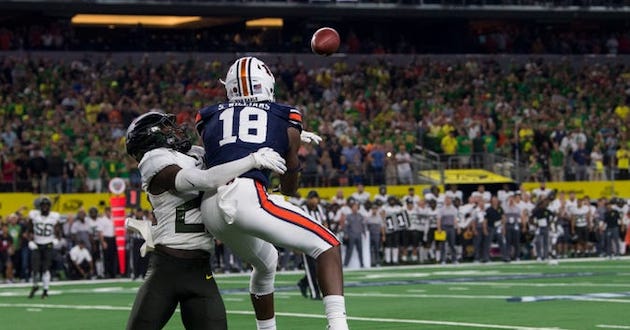
- H – Ah, you thought I was going to say Y, didn’t you? The important thing to note about the H is that he’s generally the most versatile receiver you have. Who that guy is and what he’s going to look like (TE build, pure speed guy, etc.) will change from play to play. He’ll line up next to the X when he’s split out, at TE attached to the OL, or at true fullback behind the Tackle/Guard.
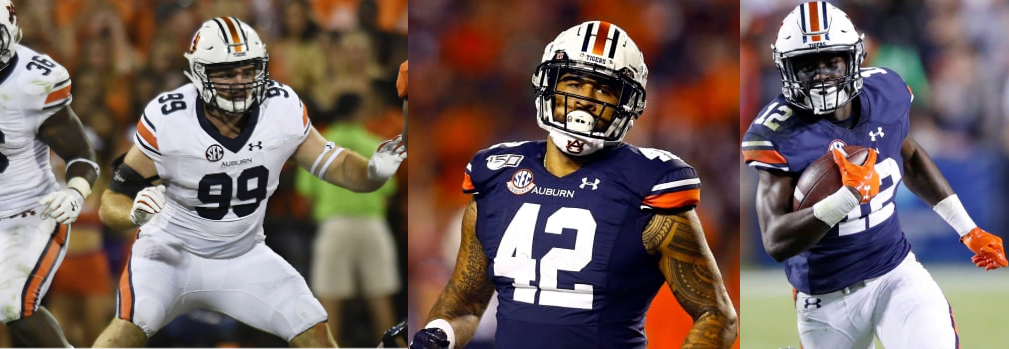
- RB – In Gus’ offense, very rarely is a concept drawn up specifically for a running back unless it’s a wheel route. Even then, empty formations and other creative uses of players muddy the waters as to what “counts” as a route designed for a RB. Gus uses the RB almost exclusively as a Hot Route, a concept that many of you will be familiar with, but I’ll go over it in a later article just to clear the air.
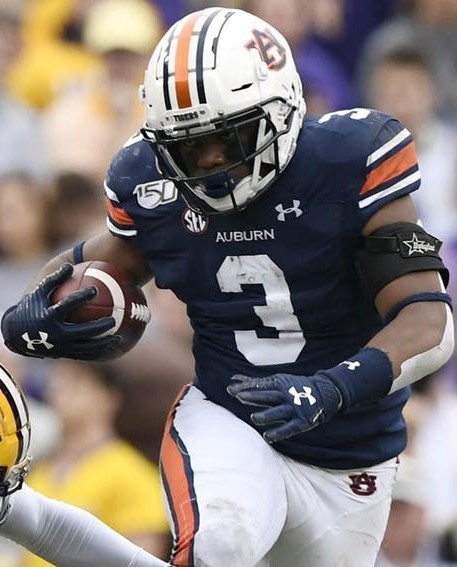
- Y – See, I was getting there! This is normally going to be your #2 guy. This is the player you’re putting closest to your QB so that he can rake in all of those quick, short passes. He’s also going to need to be a decent blocker, as many run schemes are going to call for him to crack down on a linebacker.
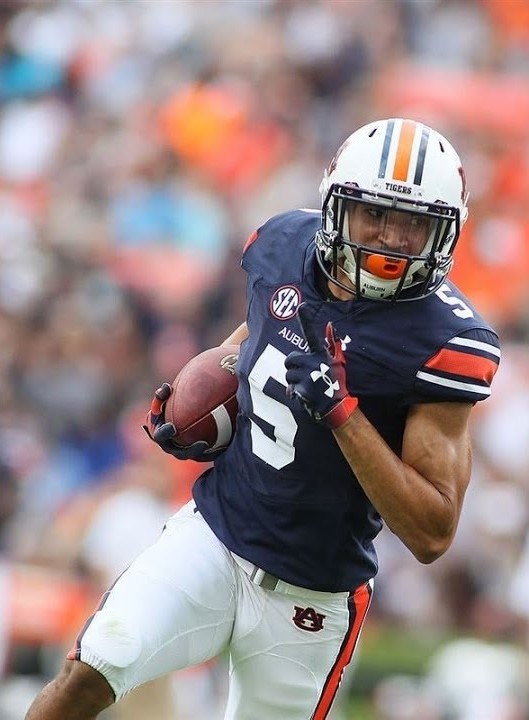
- Z – This is Gus’ jet sweep guy. He normally calls him the “Flanker.” What Z’s job is on any given down is to either stretch his man horizontally by lining up outside the numbers, or run as fast as he can across the formation and force a defense to shift (you hope out of position) and give you favorable numbers in the run game. Again, more on that in a future article.
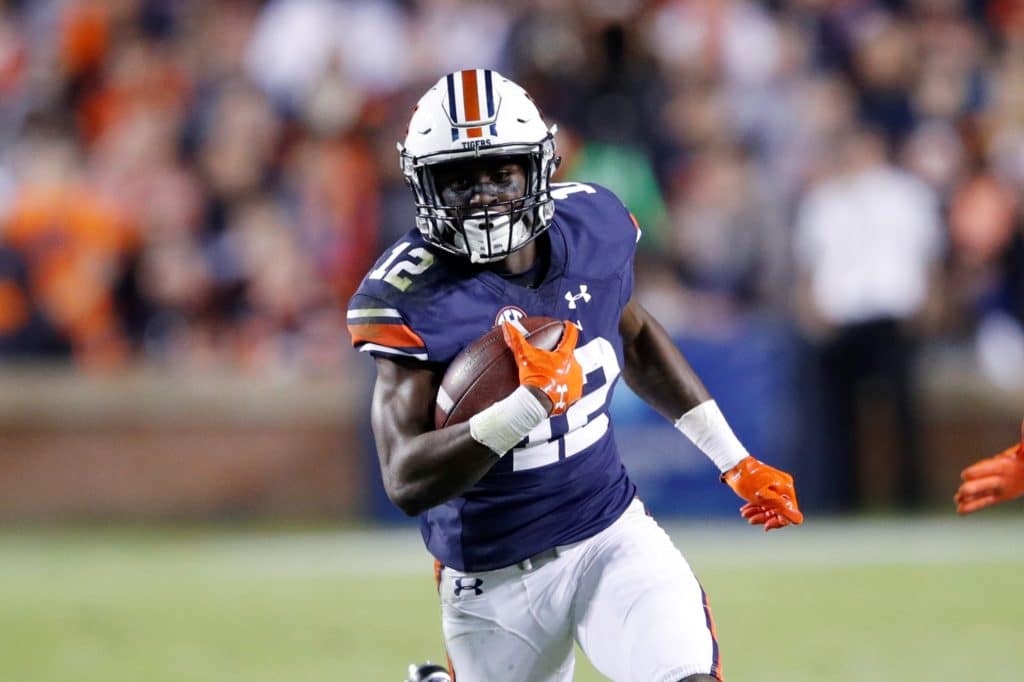
Already, I’m sure plenty of you are thinking of exceptions to this rule. Everyone has seen Schwartz at X before, and more than once we’ve seen the role of Y taken by Sal Cannella or Jay Jay Wilson, a position Gus calls “Big Slot,” and that doesn’t really jive with how I described it. Really, it’s just a starting point for understanding this offense. With that in mind, let’s draw up the bread and butter play.
Inside Zone:
In 2019, Inside Zone was undoubtedly Auburn’s go-to call to run the ball, and I don’t expect that to change under Chad Morris. Perhaps Inside zone will be even more prevalent in 2020, given how Morris likes to use zone blocked RPO passing concepts. In any case, here’s what it looked like in Gus’ offense when he was calling the plays:
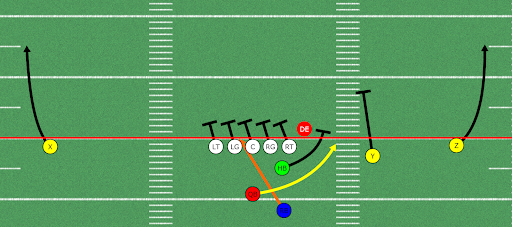
This play is quite attractive to Gus for a few reasons:
- It’s safe: As you can tell by the sheer simplicity of it, this play is very hard to mess up, and as much as Auburn reps it, it’s going to net you a positive gain more often than not. Will it score touchdowns? Not often, but it will move the ball if everyone consistently executes their assignments (OL winning matchups, RB making correct read, etc.).
- There’s big play potential: All it takes for this play to be a 20+ yard gain is for that unblocked DE to crash down on the RB and your QB gets into the open field with HB blocking ahead.
- It’s versatile: From this formation, there are tons of potential plays. Here are just a few examples with the same exact blocking and read option start:
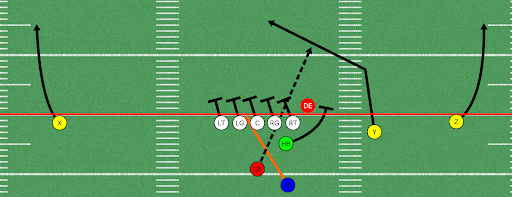
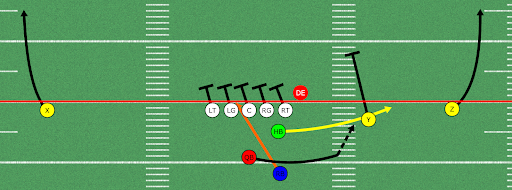
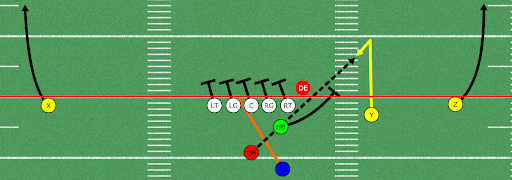
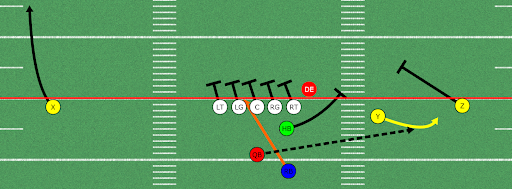
I should reiterate that this is by no means all you can do with this set up. These are just the four ideas of simple plays that come to mind off of that formation and blocking. Each of these works as long as you can move the ball between the tackles, which is admittedly where Auburn has struggled of late.
So, I hear you asking it now: “What will change under Morris? Why should I believe things will be different with another guy calling iterations off of Inside Zone?”
My thoughts are that Nix will be asked to run less frequently. Nix will still be a dual threat in Morris’ system, but both Gus and Chad know that the days of asking your QB to run 20 times a game are over. It’s just too dangerous, especially for a team that just had its #2 option at QB transfer to Kentucky.
Knowing that, and that Morris is more passing oriented than Gus, I believe Inside Zone is going to look a little different in 2020. See, recently I’ve been reading about the air raid, and one of the core tenets of the air raid is to value spacing above all else. Morris doesn’t truly run an air raid offense, but most offenses (including Gus’) borrow concepts from the air raid because of how efficient it is at moving the ball. Just to give you an idea, here’s how I think you’ll see things change for Auburn in next spring:
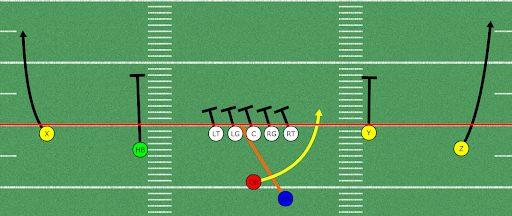
This is the exact same Inside Zone call, but instead it’s done from “10 Personnel,” which means that there’s only one RB in the backfield and no Tight Ends. The spacing here is crucial, as are the added options in the receiving game for your QB due to having another WR split out. To illustrate my point, here’s that same formation with a standard SEC defense lined up against it:
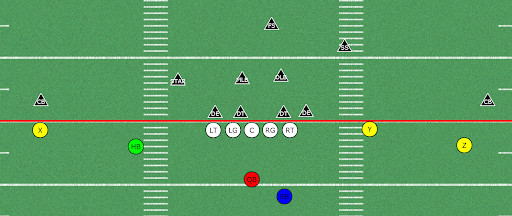
Trust me when I say that the options for an offense increase exponentially from making this small change at only the cost of one extra man’s worth of protection on drop back passing. See the STAR trying to hover close enough inside to be counted in the box yet still having to account for the HB? See the SS, having to play his (presumed) deep assignment, whether or not he actually thinks the offense is going to attack deep? Inherently, you do lose your numbers advantage in the run game, but let’s say you have a few positive passing plays on this drive…
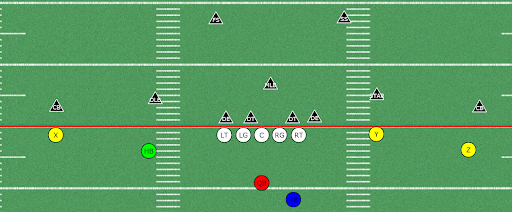
In this example, the opposing defensive coordinator has had quite enough of the offense getting free yards through the air so he’s got everybody manned up with two safeties deep to prevent the long ball. Problem is, of course, that he’s now sporting only five defenders inside against five OL and the RB. If your QB knows how to count, this becomes easy yards. Just hand it off and let your OL bowl some folks over (specifically the Center here gets to lay out a linebacker, which is fun).
Next time we’ll start getting into some specific play calls I think Chad Morris is going to favor in his first season, and hopefully we will see many of these installed by the time the spring game rolls around.
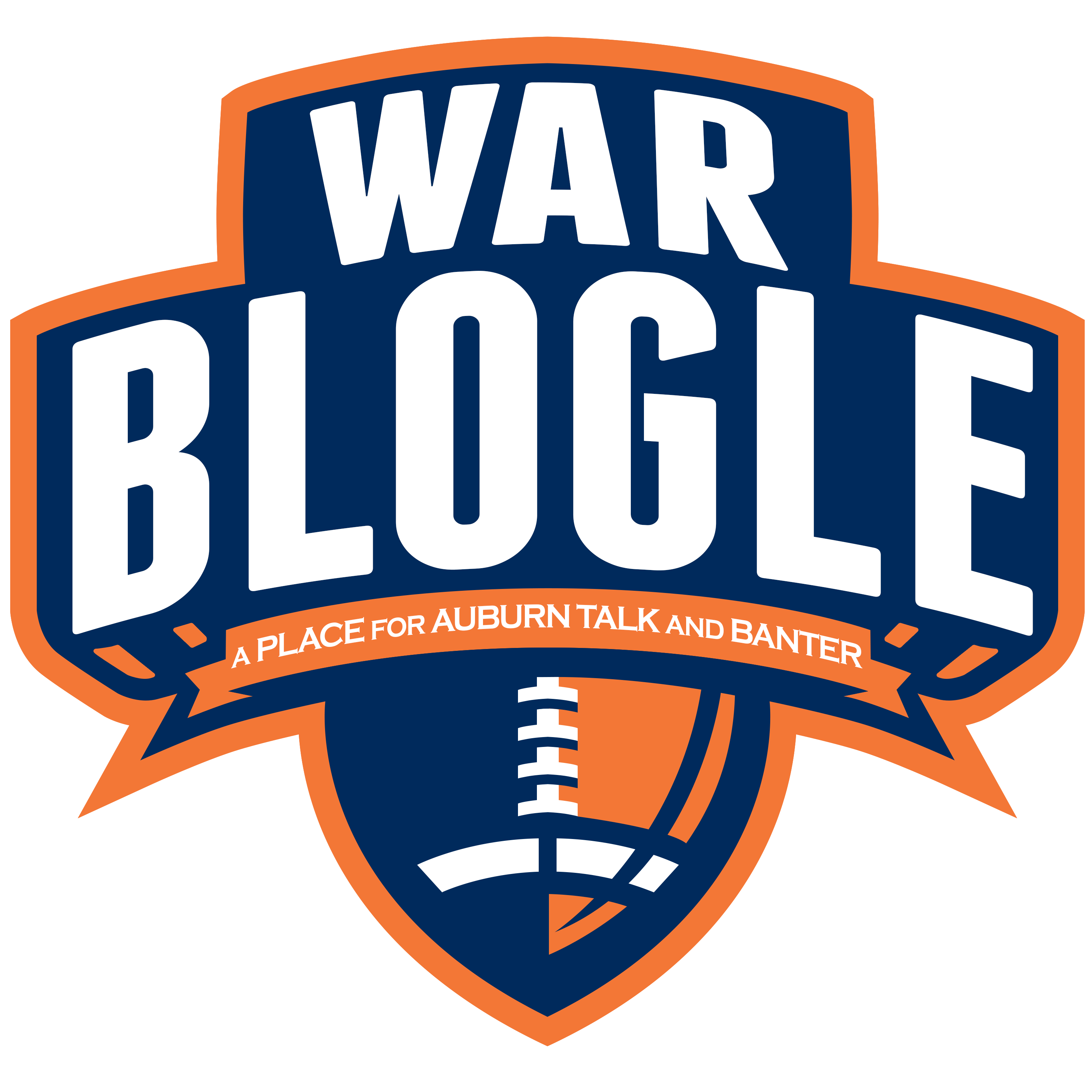
1 comment
I like it, but it all depends on how they place the big guys on the offensive line